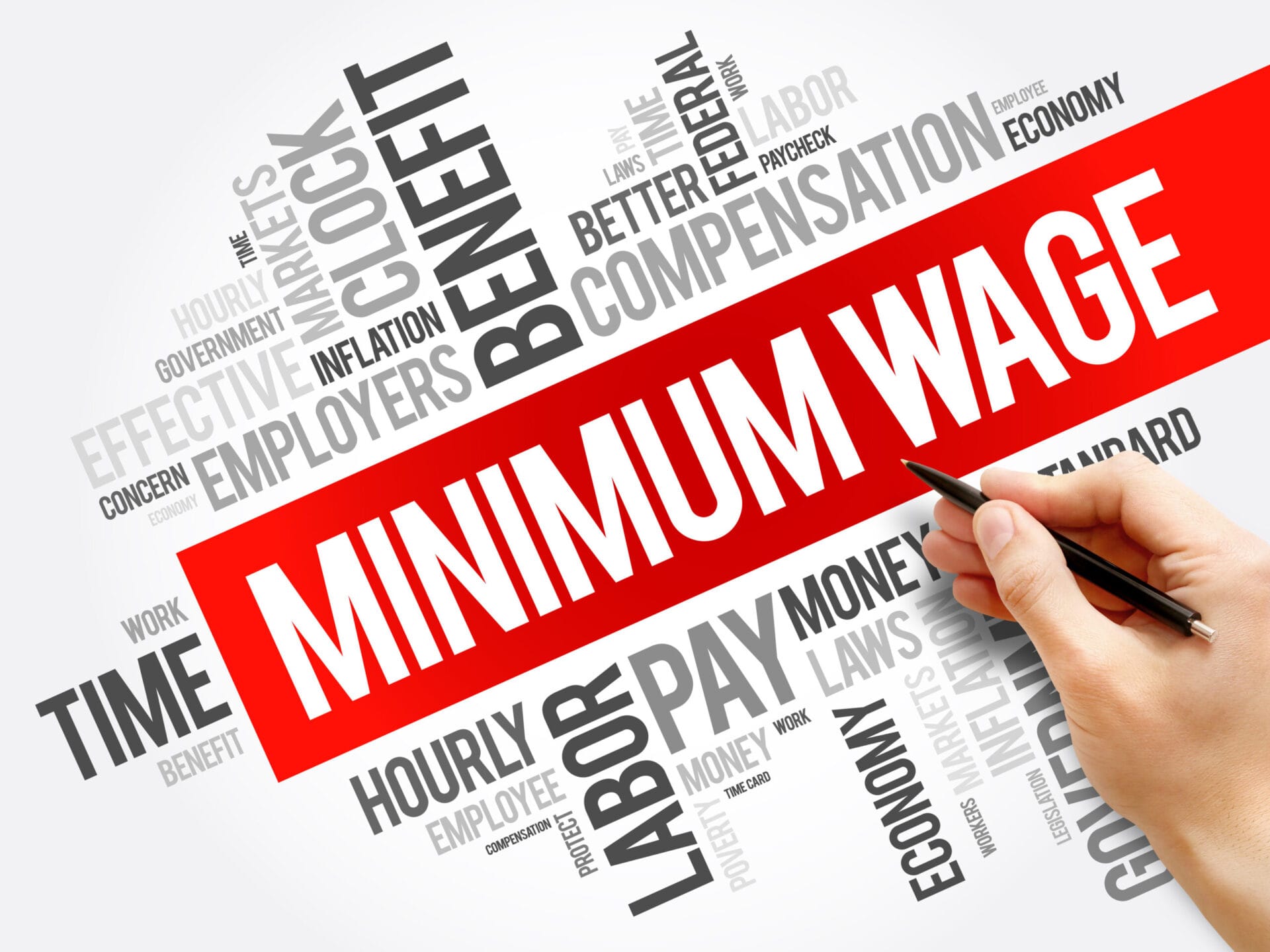The federal government reignited the minimum wage debate by providing unemployed Americans with an additional $600 in benefits during the COVID-19 pandemic. This increase allowed many Americans to live within the range of a living wage. This was a critical factor in stabilizing the economy and promoting spending. However, the government has yet to commit to a living wage when the country is not in crisis.
Living wage vs minimum wage
Economists have long debated the merits of a minimum wage versus a living wage. Advocates are calling for a $15 per hour minimum wage, up from the current $7.25. The demand for an increase intensified when the government added $600 per week to state unemployment benefits, equivalent to $15 per hour based on a 40-hour workweek before taxes. When factoring in taxes and healthcare costs, the necessary wage likely approaches $20 per hour.
The COVID-19 Shutdown and Its Consequences
During the COVID-19 pandemic, governors across the nation shut down non-essential businesses, leaving millions unemployed. While essential workers received initial stimulus payments, they did not benefit from the enhanced unemployment funds provided to those who lost jobs due to the pandemic.

In July 2020, companies like Amazon, Kroger, and Albertsons ended the $2 per hour hazard pay increase for essential workers. Despite this, Amazon’s minimum hiring rate stayed at $15 per hour, rising to $17 during the pandemic. These companies maintained the wage increase without financial strain. Walmart and Amazon’s strong Q2 financials in 2020, partly due to less competition from local retailers, reflect this.
The Role of Debt in Living Expenses
Debt significantly impacts living expenses. The basic living wage model often includes essential debts, like a mortgage on a primary residence and car ownership, especially in rural areas where public transportation is limited. However, it generally excludes other debts, such as credit cards.
Poverty Levels and Minimum Wages
In 2020, the Department of Health and Human Services set the federal poverty level at $26,200 for a family of four, equating to about $12.60 per hour for a full-time worker. A living wage should exceed the poverty level to ensure economic stability.
In North Carolina, the average cost for a three-bedroom home is $1,063. In Lenoir County, the fair market rent for a three-bedroom home is $980, according to HUD. The MIT Living Wage Calculator shows that two working adults in Lenoir County without children should each earn at least $8.85 per hour. With one child, the rate should rise to $13.12 per hour, and with two children, $15.28 per hour. For a family with three children, each adult should earn $17.78 per hour.
Minimum Wage Calculator
Considering the federal poverty level and the MIT Living Wage Calculator’s findings, it’s rational to argue that the minimum wage should be set between these figures. Currently, the federal minimum wage remains at $7.25 per hour, unchanged since 2009. A household with two adults working full-time at this rate would earn $30,160 annually, just above the poverty line.
Minimum wages for full and part time employment
The US Government defines full-time employment is typically defined as 30-40 hours per week, while part-time employment is less than 30 hours. At 30 hours per week, two adults working full-time would bring home $22,620 before taxes, placing them below the poverty line.
Increasing the minimum wage to align with a living wage would disproportionately affect locally owned businesses compared to large corporations like Amazon and Walmart, which have already demonstrated the ability to absorb higher wages temporarily.
The Impact of the Pandemic on Local Businesses
In 2020, the pandemic caused businesses in Lenoir County to close from March 27 through the end of May. Unable to generate revenue, local businesses had to furlough their employees.The federal government’s enhanced unemployment benefits gave displaced workers a combined income of $62,400, plus state unemployment, meeting living wage guidelines. As a result, many regional employers now struggle to bring workers back. The benefits inadvertently provided a living wage.
The Future of the Minimum Wage Debate
The federal government’s enhanced unemployment benefits gave displaced workers a combined income of $62,400, plus state unemployment. This met the living wage guidelines. As a result, many regional employers now struggle to bring workers back. The benefits inadvertently provided a living wage.
For more insights on economic issues and policy debates, visit www.kristydkelly.com. Additionally, learn more about the living wage debate on the MIT Living Wage Calculator and stay informed about federal poverty levels on the Department of Health and Human Services website.
Follow for more of my Thoughts and Things
A Touch Dead
$10.00A Touch Divine
$10.00Ascension Descension – Hell’s Hottest Reality Show
$10.00
Kristy Kelly










